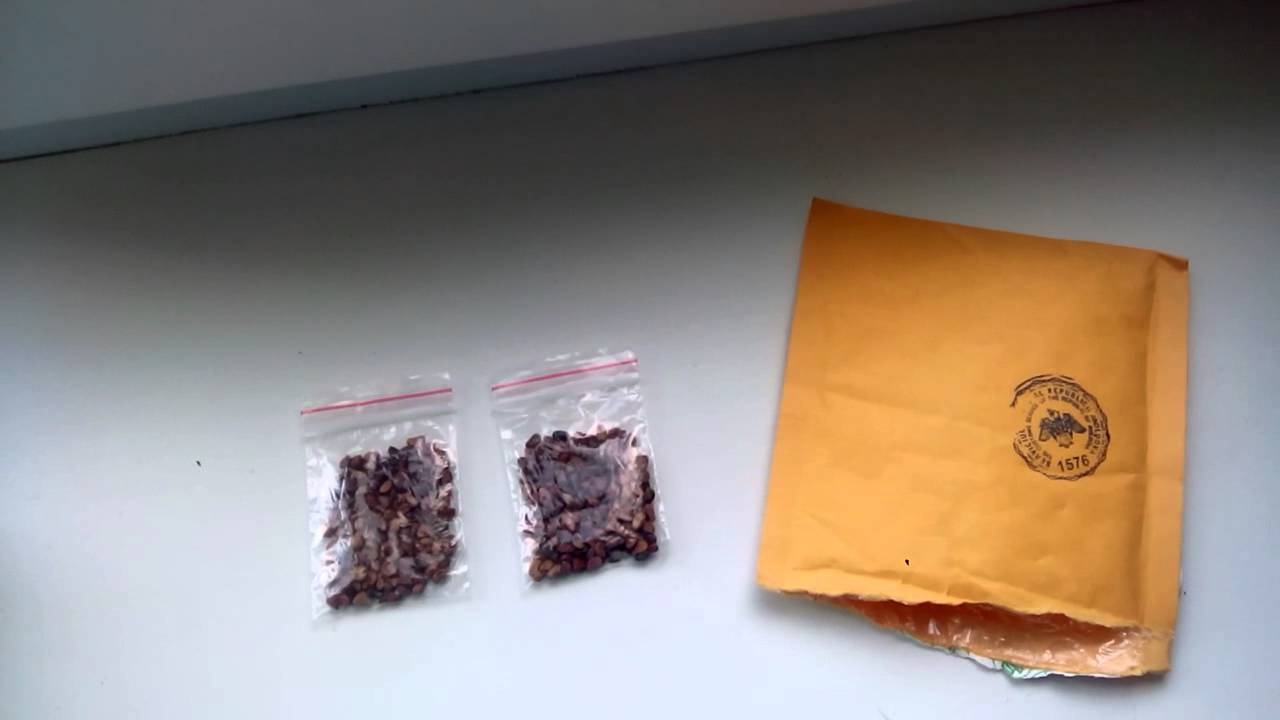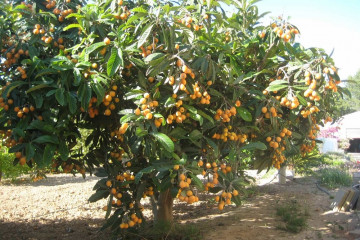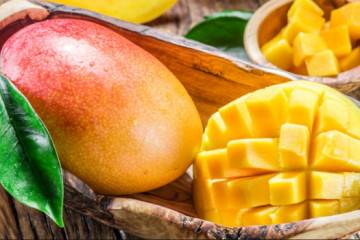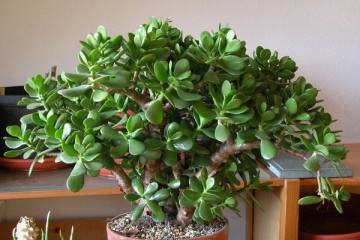How to grow ginger - how ginger grows at home
Content:
The beneficial properties of ginger have been known for a long time. This product is loved for its expressive and spicy taste and for the fact that with its help you can quickly cure a cold. It also helps those who wish to lose weight. A wide range of beneficial effects of the product on the human body is the answer to the question of why ginger should be kept in every home. It can be grown not only in the garden, but also on the windowsill.
How to grow ginger
Ginger is an unpretentious plant, it is no more difficult to grow it than other garden crops. And yet, some rules and recommendations must be followed.
Planting root tubers in open ground
Before growing ginger on the site, you need to prepare high-quality and healthy seedlings. The roots are planted in mid-January. Seedlings can be moved outdoors from April to May (depending on temperature).
What is needed for landing
Before growing ginger at home, planting material must be prepared. With long storage, the kidneys dry out a little, so they need to be woken up. To do this, they are soaked in warm water for several hours.
Ginger, which is grown at home depends on the quality of the planting material, is prepared as follows:
- the tuber is cut along the jumpers, each part must have at least one bud;
- the root crop should be placed in a weak solution of potassium permanganate for several hours. This is necessary to disinfect the seed;
- places of cuts should be sprinkled with crushed activated carbon.
Before planting ginger, you need to prepare the soil. It must be fed with mineral complex fertilizers and humus.
To get the expected result with self-planting, you need to know: where ginger grows and how. The place for it must be chosen well-lit. The light should be abundant and diffused. It is important to avoid direct sunlight that will dry out the ginger.
After preparing the planting material and with the onset of warm weather, you can proceed to the direct planting of ginger in open soil in the country. Step-by-step process for planting ginger:
- The place on the site where ginger will grow is cleared of weeds, branches and old leaves are removed.
- The soil is dug up and loosened, mineral fertilizers and organic matter are applied.
- The grooves are being prepared, their depth should be within 5-8 cm. The earth is moistened.
- For the reason that ginger does not grow in depth, but in width, the planting material does not need to be deeply deepened.
- The seed is placed in the hole, the voids are covered with earth, which is then slightly compacted.
The distance between seedlings should be at least 10 cm.
Reproduction
You can propagate ginger by seeds and dividing the rhizome.
Reproduction by root tubers
Growing ginger from a rhizome is easy. This method gives a quick result:
- Store-bought fresh ginger tuber is cut into several pieces. You need to cut carefully so as not to damage the rudiments of the stem.
- Then you need to immerse the planting material in the nutrient soil to a depth of no more than 1 cm.
- Water the ground, cover the container with polyethylene or glass, ventilate and water every day. Keep in a warm place at a temperature of about +25 degrees.
The sprouts will start to appear in about 30-40 days. From this point on, the film can be removed.
Growing from seeds
Germinating ginger in this way is quite problematic, because it is extremely difficult to find seeds in the store. But if you still manage to find grains, the procedure itself will be standard. First you need to grow seedlings:
- the grains are laid out on fertile soil without strong deepening, they only need to be lightly pressed with a finger;
- the earth is moistened, the container with the planting material is covered with polyethylene or glass, placed in a warm place;
- daily the soil must be aired to avoid the appearance of mold, watering is carried out as the top layer of the earth dries out.
After a few years, when the spice grows a little, it can be dug up, the rhizome divided into parts and planted in the ground.
Care
Propagating and planting ginger is half the battle in achieving a successful result. In order for the root tuber to germinate, and from it a healthy and tasty product is obtained, it needs to create favorable conditions.
Watering should be moderate. The soil must be kept slightly moist. On especially hot days, it is recommended to additionally spray with warm water.
The spice needs fertilizers during the period of its active growth. Potash products are best suited. To stimulate flowering, phosphorus feed is added. But even with their use, ginger will begin to bloom no earlier than in 2-3 years.
Fertilizers are applied every 10 days. It is recommended to use mullein - 1 kg per 10 liters of water. The tool is infused during the day. Within 2-3 weeks after planting, provided that the soil is fertile, feed is not used. During the rest period, ginger does not need replenishment.
Harvesting
Rhizome ripening occurs in about 8-10 months in the Moscow region, in regions with a colder climate it can take up to 12 months. The collection can be carried out in 5-6 months, but the tubers will be small.
You can understand that ripening has occurred by the appearance of the ground part. Ginger stops growth, the top gradually dries out and falls apart. Watering, spraying and fertilizing must be stopped a few days before harvesting.

It is important not to miss the moment when the spice is ripe, but also not to dig it out too early.
You need to collect the tubers with a shovel. Then they are cleared of the earth, the adventitious processes are removed.
To preserve all the beneficial properties of ginger, it must be stored properly. Recommended content places:
- refrigerator (only in the vegetable section);
- cellar;
- basement.
The optimum storage temperature is + 2-4 degrees.
Ginger can be dried. It is cut into small slices, after having peeled it off. The lobules should be very thin, enlightening. They are laid out on a towel or paper.For drying, you can use a special device for drying vegetables.
Ginger is pink or white in color, possibly with a yellowish tint. The young product contains substances that, when it comes into contact with vinegar during pickling, color the flesh, which is why the ginger turns pink.
But pinkish ginger does not look very appetizing, causing associations that the product is of poor quality and spoiled. To make the spicy pulp more attractive, it is tinted with beet juice. This is how red ginger turns out.
How to grow ginger at home in a pot from a purchased root
In the wild, ginger is completely unpretentious. It can grow both in the garden and in the apartment.
Tubers purchased in the store are used as planting material. They must meet the following characteristics:
- be elastic and dense to the touch;
- be free from damage, signs of disease, rot or mold;
- the size of a suitable tuber is about 3-4 cm wide, 5 to 8 cm long;
- the presence of growth points on the tubers, at least 1, but the more, the better.
You need to plant ginger in a shallow container, even flat, made of plastic. A ceramic pot that is too small will not work, because actively developing ginger can break it.

Ginger in a pot is a way out of the situation for those who do not have a private plot, but want to pamper themselves with a healthy and tasty spice all the time
Without fail, drainage is placed on the bottom - fine gravel or expanded clay. This is necessary in order to avoid stagnation of moisture, which ginger is very afraid of.
Soil characteristics:
- the earth should be loose and light, the reaction is sour;
- the substrate can be bought ready-made with peat in the composition; a little sand must be added to the ground;
- The nutrient substrate can be prepared independently: sod soil, compost and humus are mixed in equal quantities, ½ part of river, purified sand or perlite is added.
Preparation of planting material:
- Soak tubers in water at room temperature for 5 hours. This is necessary in order to "awaken" dormant kidneys.
- The tuber is cut into several parts, each must have at least 1 bud.
- Air dry the workpiece so that the cut points dry out a little.
- Treat the cut with charcoal to prevent decay. For this, you can use crushed activated carbon.
Planting in a container:
- Pour a layer of drainage, cover it with nutritious soil on top.
- The tuber should be slightly buried in the ground, the buds should be directed upwards, if this is not feasible, then to the side.
- Sprinkle with a thin layer of substrate enriched with mineral components.
- Cover the container with foil or glass to create a greenhouse effect.
- Provide daily ventilation of the land, watering is carried out as needed.
Given the fact that the homeland of ginger, India is a hot country with high humidity, for successful breeding at home, sufficient lighting and regular watering with spraying are necessary.





















